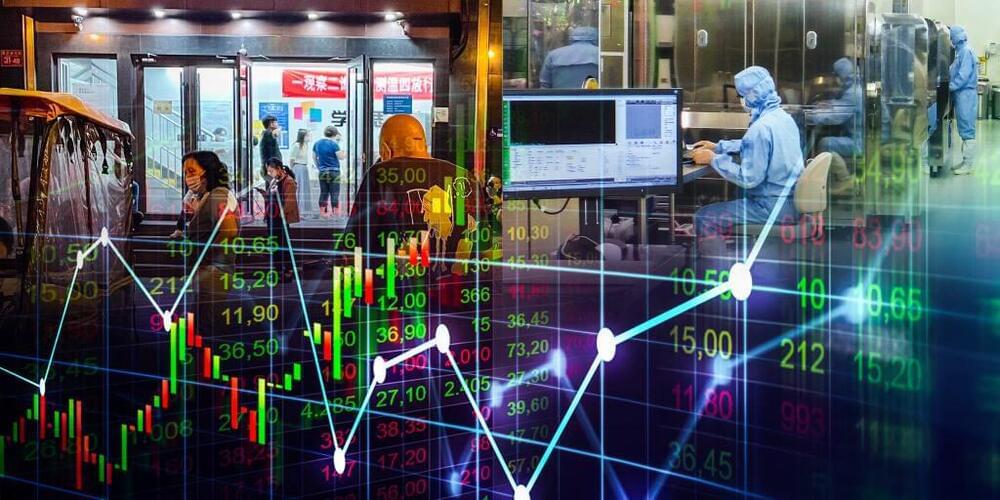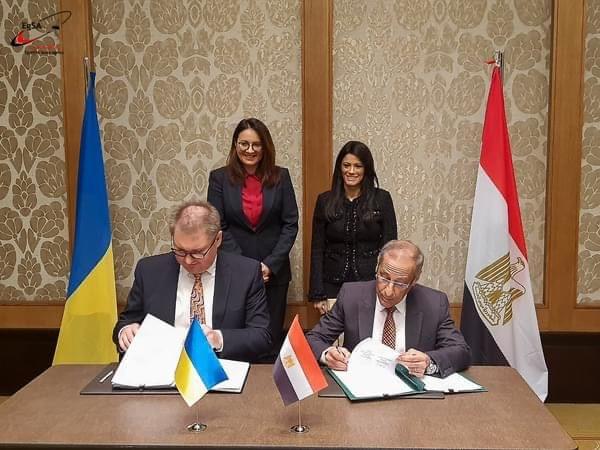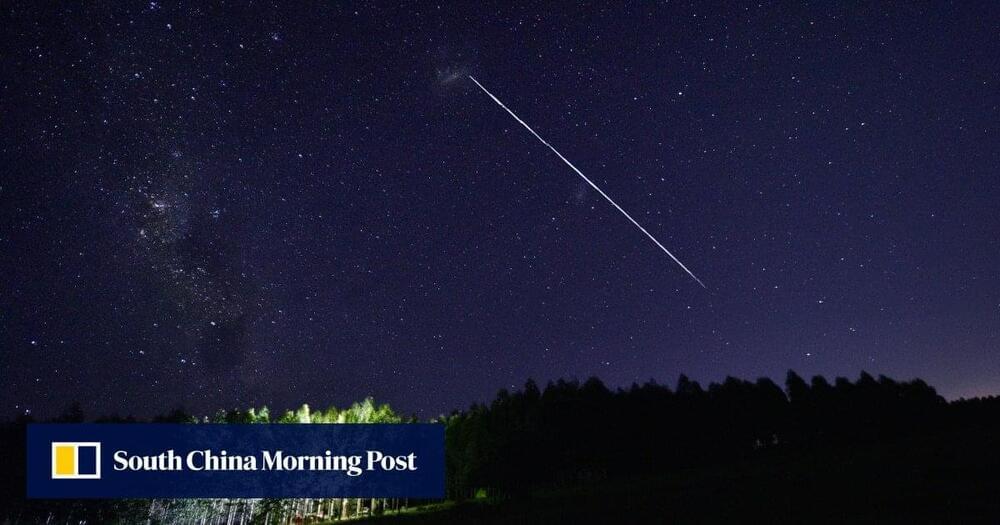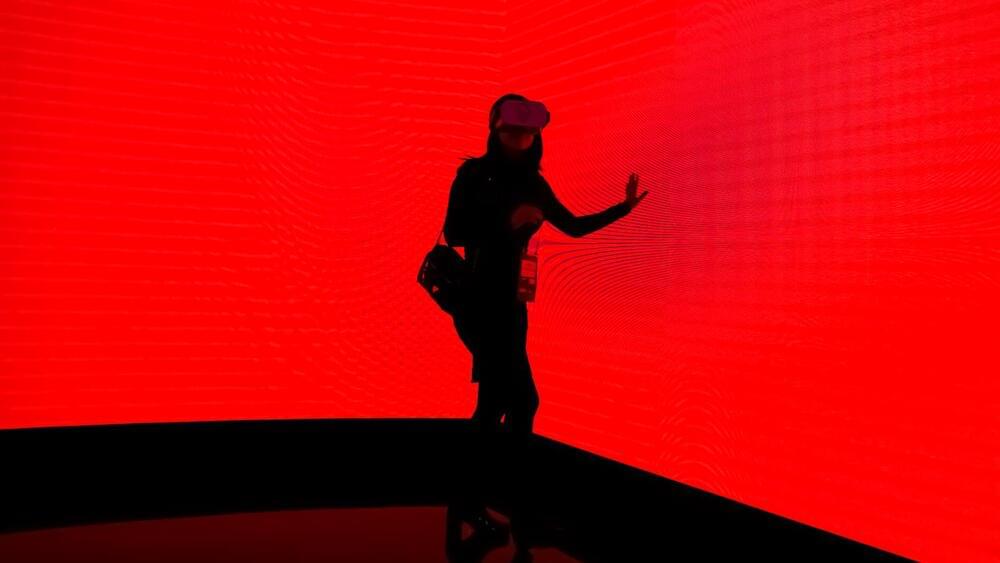Apple is said to remove the physical SIM port from iPhones. A reputed leaker further affirms that we’ll see an eSIM-only iPhone 14 in 2022.
Semiconductor equipment makers from Japan and China were among the biggest winners of Asia’s stock market in 2021.
Take a look at the full story here: https://s.nikkei.com/3pxHamN
SINGAPORE — Semiconductor equipment makers from Japan and China were among the biggest winners of Asia’s stock market in 2021, doubling their valuation from the end of last year amid robust demand for high-tech manufacturing.
The Egyptian Space Agency (EgSA) has signed a Memorandum of Understanding with the Ukrainian Space Agency. The parties signed the MoU for cooperation in space and the peaceful use of outer space for various purposes. The primary goal is to activate mechanisms for cooperation in space activities, research and exploration for peaceful purposes. The MoU also encourages exchanging knowledge and experience between the two countries and leveraging available human resources and techniques.
The Egyptian Space Agency and the Ukrainian Space Agency signed the MoU through Dr Mohammed Al-Qussi, the Egyptian Space Agency CEO and Mr Volodymyr Tavatai, Head of the Ukrainian State Space Agency. Furthermore, the signature was in the presence of Dr Rania Al-Mashat, Minister of International Cooperation, and His Excellency Yulia Sveredenko, First Deputy Prime Minister of Ukraine and Minister of Economic Development and Trade of Ukraine. The signature also came during the eighth session of the Egyptian-Ukrainian Government Committee.
Another aim the MoU intends to realise is enhancing and facilitating the exchange of visits and bilateral meetings and workshops in various research activities. It also seeks to promote the provision of training and raise the efficiency of Egyptian specialists. The MoU will also help EgSA build capacity in space project management, develop advanced manufacturing techniques for space applications, and other priority hubs for both sides.
Qatar’s status as an investment destination is on the rise, boosted by the efforts of the innovative Qatar Financial Centre.
Starlink satellites have twice approached Tiangong in orbit, prompting avoidance manoeuvres, although SpaceX says the satellites are built to avoid collisions.
Celestial tensions mount with U.S. as both sides aim for supremacy.
PALO ALTO, U.S. — China on Tuesday accused the U.S. of ignoring international space law and urged Washington to act responsibly after two near-collisions this year between Beijing’s new orbiting station and satellites launched by Elon Musk’s exploration company SpaceX.
What if we could go back in time to four decades ago, when we first heard the term “climate change,” and take a good look at planet Earth?
The new Google Earth Timelapse feature lets us do that. We can scan the globe and look back from the present day to 1984. The feature gives us a unique opportunity to see how human action and natural forces have changed the planet since the 1980s.
The Google Earth Timelapse feature will allow you to view a 37-year timelapse of the entire planet or zoom in on a specific location and time.
It’s been a few years since we’ve heard from AR company Vuzix. In early 2019, it came out with its first pair of. After staying relatively quiet over the past two years, it’s now partnering with Verizon. The two didn’t share many details about their collaboration. What they did say is that they plan to find ways to commercialize AR technology for use in sports and gaming scenarios, especially those involving the need for training. The partnership will combine Vuzix’s new Shield smart glasses and the capabilities of Verizon’s 5G network.
It’s hard to say if we’ll see anything impactful come out of this agreement, but it’s not a surprise to see Verizon. Augmented, virtual and mixed reality wearables have been consistently positioned as one of the primary beneficiaries of the speed and latency enhancements promised by 5G networks. Likewise, the focus on gaming and sports isn’t surprising either. Some of the earliest locations where Verizon had 5G service was in. They’re one of few places where the carrier’s mmWave deployments shine since there’s enough density there to justify building out all the small cells required to blanket even a small area with ultrafast 5G coverage.
Engineers from National University of Singapore (NUS) have built a robotics system they say can grip various objects, ranging from soft and delicate to bulky and heavy. Designed to be configurable, the robotic hand is touted to address the needs of sectors such as vertical farming, food assembly, and fast-moving consumer goods packaging, and with a 23% improvement in efficiency.
These industries increasingly were automating more of their operations, but currently required manual handling for some processes, according to NUS. The human hand’s natural dexterity remained necessary for these tasks.
Rave Yeow, associate professor from NUS Advanced Robotics Centre and Department of Biomedical Engineering, said: “An object’s shape, texture, weight, and size affect how we choose to grip them. This is one of the main reasons why many industries still heavily rely on human labour to package and handle delicate items.”









